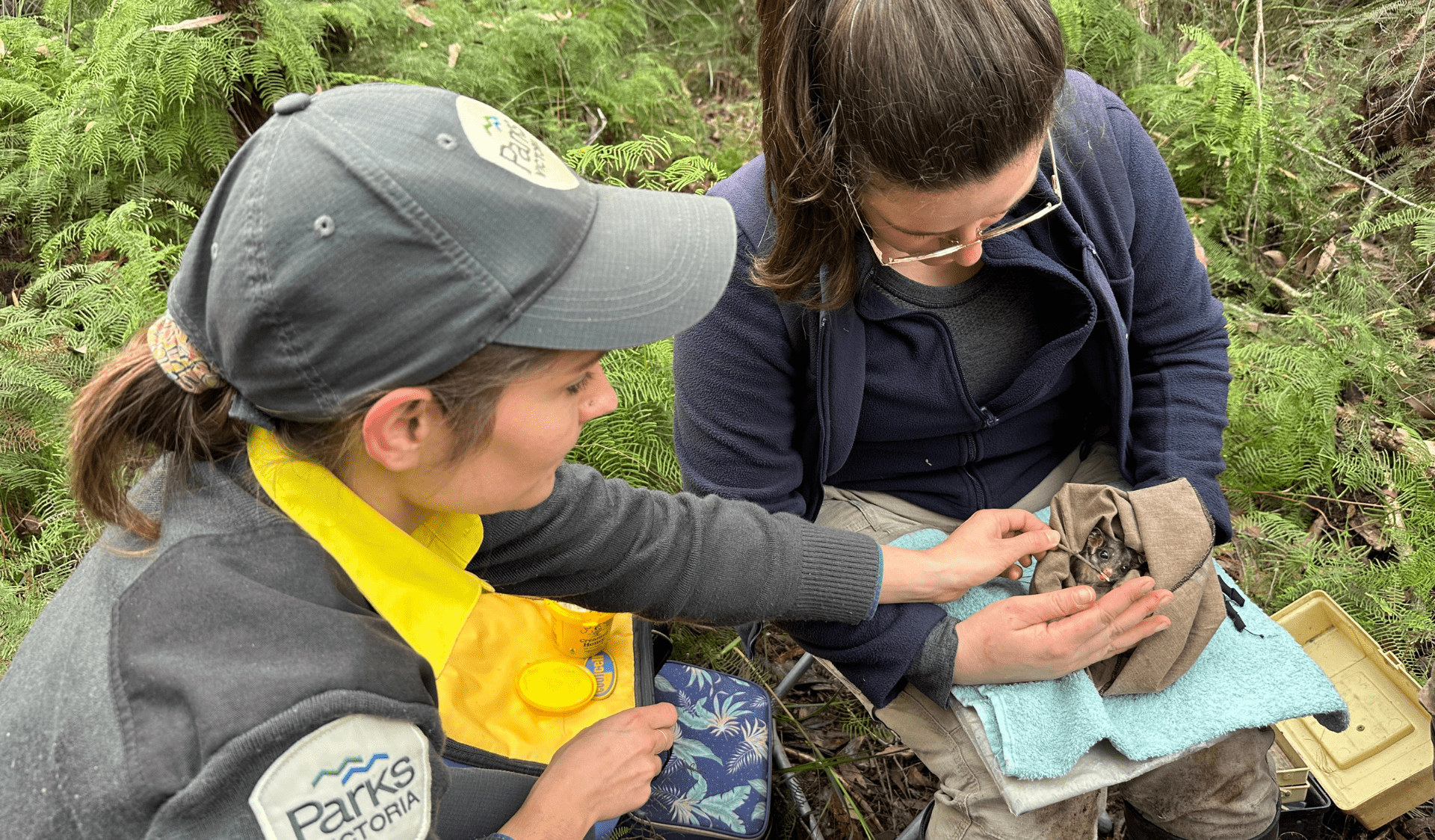From alpine peaks to coastal wetlands, Victoria is home to remarkable and diverse wildlife.
Yet many species now face existential threats from habitat loss, climate pressures, and invasive species.
These stories are not solely about decline, however – they're also about resilience, action, and the power of collective care.
Victoria's fauna is under pressure
Victoria is home to a large and increasing number of threatened fauna species, many of which are listed under the state's Flora and Fauna Guarantee Act 1988 (Vic) and supported through the Department of Energy, Environment and Climate Action (DEECA) Faunal Emblems Program.
The Faunal Emblems Program was started to help improve the long-term sustainability of the Leadbeater's Possum and the Helmeted Honeyeater in the wild.
While the Leadbeater's Possum (Gymnobelideus leadbeateri) was once presumed extinct, efforts under the program have enabled it to repopulate and be returned to the wild – albeit with a critically endangered status. It's population and habitat have been drastically reduced due to logging and bushfires.
Victoria's Helmeted Honeyeater (Lichenostomus melanops cassidix) survives in small, isolated patches of forest along streams and rivers. As of 2013, there were only 60 individual birds remaining, but conservation methods like captive breeding and wild releases have helped the population grow to over 200.

Melissa Tuliranta (Left) Ranger, Yarra Ranges feeding honey to a Leadbeater's Possum as a part of an annual count and health check. Credit: Parks Victoria
How do we know if a species is threatened?
The Flora and Fauna Guarantee Act 1998 (Vic) provides the scientific and legal backbone for protecting threatened species. But how do we decide which species and habitats need the most urgent care?
The process is careful, transparent, and grounded in evidence.
Anyone from researchers to passionate community members, can nominate a species, ecological community, or threatening process for consideration. These nominations are then assessed by a panel of independent experts – the Scientific Advisory Committee – who evaluate each case and then advise the Minister to add any new species of habitats to Victoria's threatened list.
In some cases, the process identifies areas of 'critical habitat'. These are locations that if they were to disappear, species simply would be unable to survive. Declaring these under the Flora and Fauna Guarantee Act 1998 (Vic) ensures they receive the strongest possible protection.
This legal framework is more than just an effort to tick a box; it provides a roadmap for hope, and reminds us that conservation is not passive. Every nomination, every survey, every voice raised in support of threatened species can help shape the future of biodiversity.
Hope blossoms in nature
Despite threats of habitat destruction, climate change, disease and invasive predators, we continue to see strong steps in conservation.
Our efforts towards conserving Brush-tailed Rock Wallabies were shared last month, with hand-picked wallabies now making themselves at home in Mount Rothwell Sanctuary.
But supporting threatened fauna is more than saving animals, it's also about protecting our ecosystems.
Victoria's threatened fauna may be fragile, but they're not without hope. Through science, collaboration, and compassion, these species can recover and continue to play vital roles in the landscapes we share.






